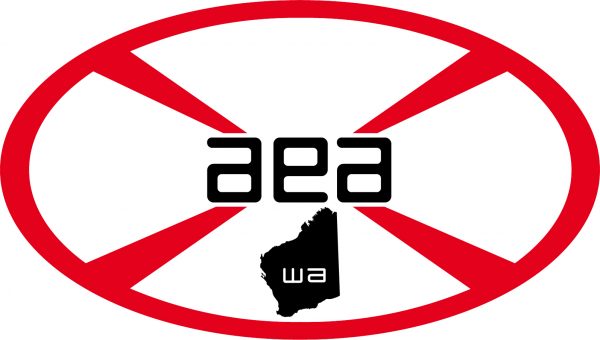
Many of you will have heard that the organisation has today activated level 2 of it’s ‘Business Continuity Plan’.
The AEAWA position is that we DO NOT believe it is warranted to introduce unskilled workers into the ambulance section. The AEAWA are in discussions regarding other options to keep officers at work rather than import unskilled workers.
For information:
Level 2 is activated when:
– 20% staff absenteeism from baseline and unfilled and/or
– Average cycle time >135 minutes sustained >3 days
This particular level 2 activation was allegedly triggered on the basis of average ‘job cycle times’ exceeding 135 minutes. SJA state this is likely due to slow RAT testing process in tents over recent weeks, prior to the roll out of ambulance RAT testing. We have been told that job cycle times are beginning to improve, now that testing is happening en route to ED.
Level 2 BCP can basically mean:
– St John may create mixed crew, with separate callsigns for internal crew (AP/EHS, AP/PTS) and external crew (AP/ADF, AP/DFES))
– RASOs (Rapid Ambulance Support Officers) may be activated to attend to relevant stations as determined by People Deployment: split AP/AP crew to make AP/RASO crew
Theoretically, a ‘RASO’ can be anything from Patient Transfer Services (PTS) Event Health Services (EHS), Australian Defence Force (ADF), Department of Fire and Emergency Services (DFES), WA Police Force (WAPF), Paramedic Students or external contractors.
Please be advised that despite this trigger being activated by SJA, we have NOT YET AGREED to the processes and are seeking a number of written assurances regarding the ‘unwinding’ of any measures enacted, a system which exhausts ALL OTHER OPTIONS first before utilising unskilled workers, and a surge PAYMENT, if eligible.